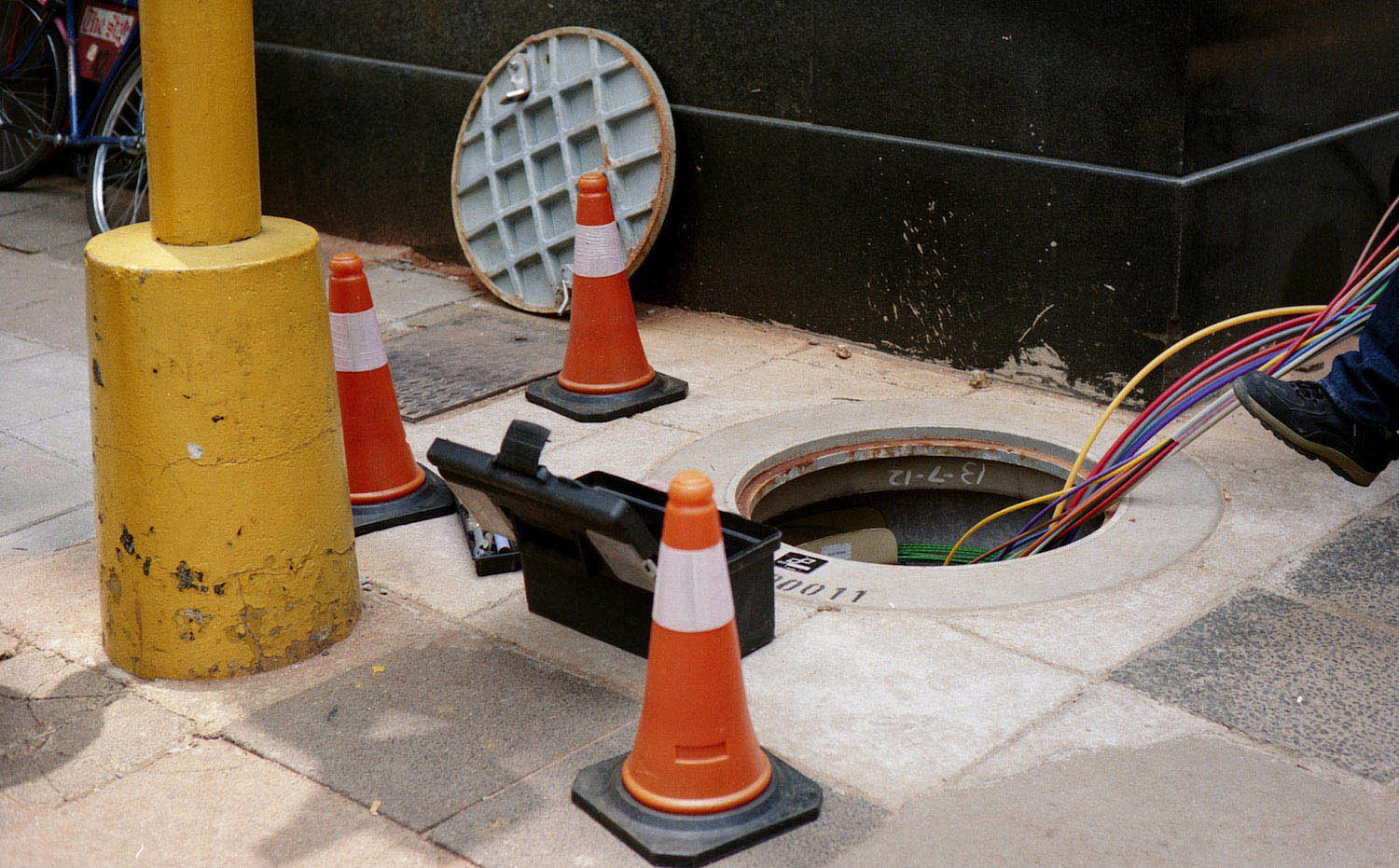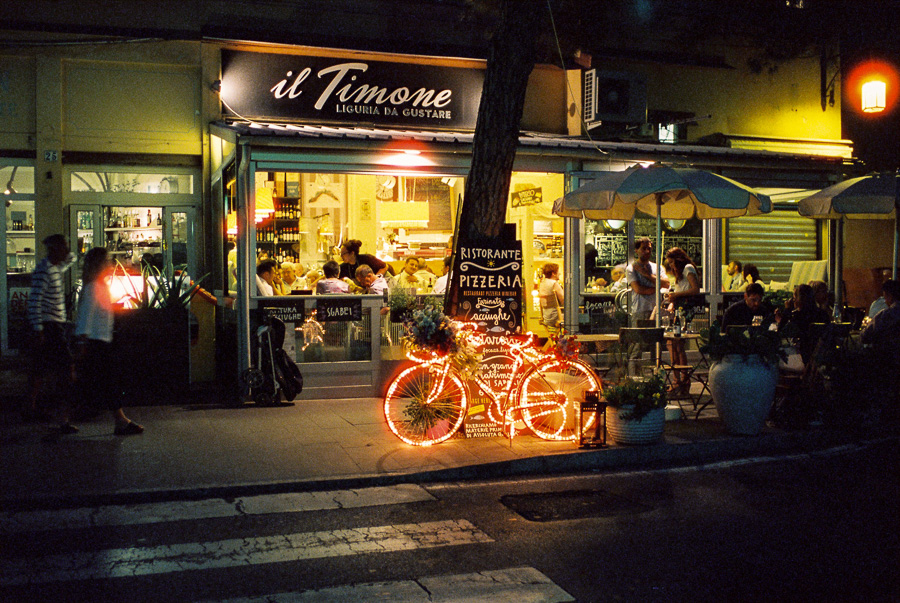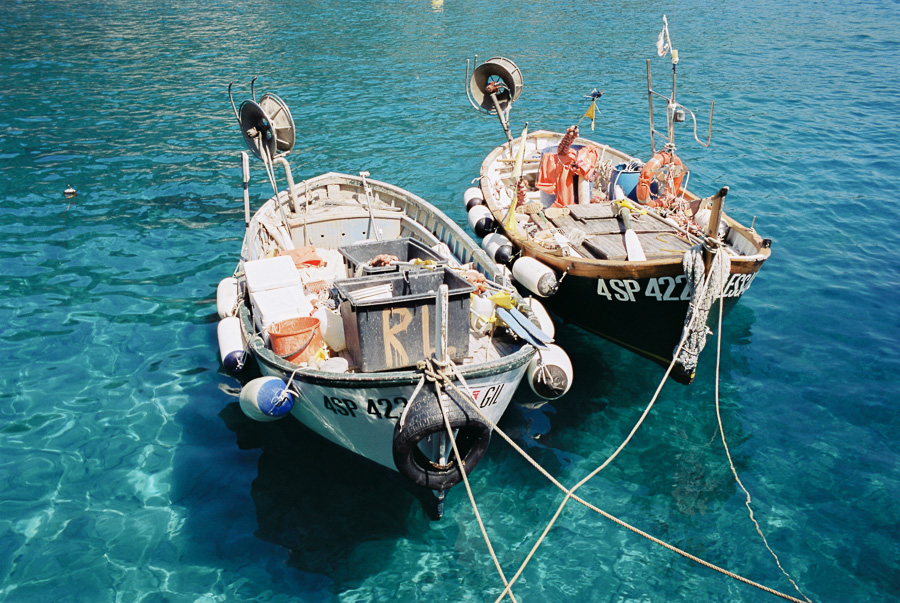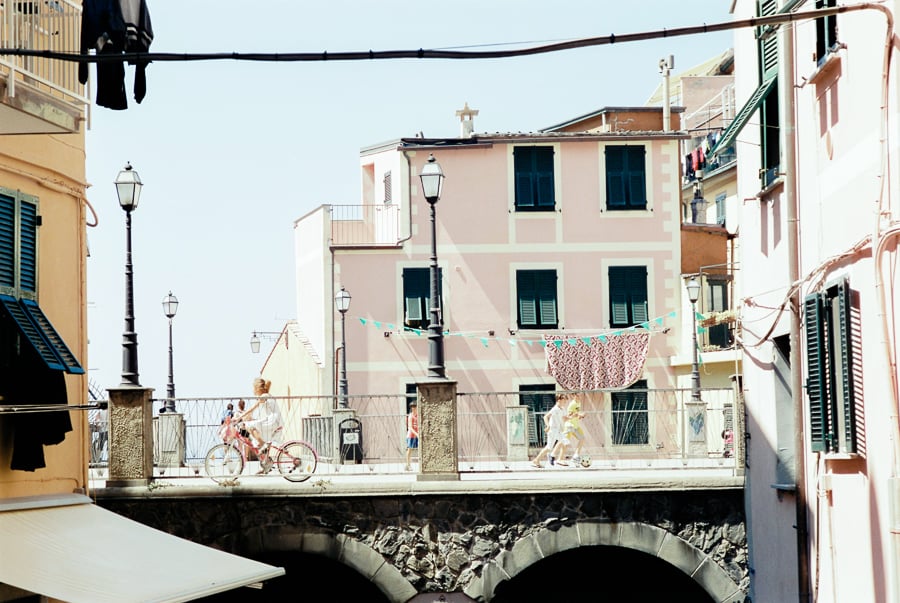edge100
Well-known
Not Cinestill, per se, but Kodak 500T (5219), which is the source stock with the RemJet on (so none of that love-it-or-hate-it halation).



Not Cinestill, per se, but Kodak 500T (5219), which is the source stock with the RemJet on (so none of that love-it-or-hate-it halation).
It would be interesting to try to see the difference between the same shot taken with and without the Rem Jet. I wondered about that.
On the other hand, 500T can be had for $7/roll, whereas CineStill is $9/roll. If you're developing the film yourself, you may as well buy the original and just remove the RJ in the process (http://blog.wakingmist.com/howto-develop-motion-picture-film/).
You say $7 per roll? Where? Does anyone else sell the Eastman motion picture films in 35mm cartridges other than CineStill? I also noticed that the CineStill web site says they are now sold out, so I'm glad I had what I had.
For someone who barely has time to get out and shoot anymore, home developing is really not an option. I've done it back in college (B&W), but I don't particularly enjoy it.
Hello
I shoot vision 250D ( daylight balanced )
see pic below:
There is not much point using the 500T with
correction for daylight use as you loose nearly
a whole stop.
It is way cheaper to buy a 400ft roll and spool
your own.
Also Fuji Eterna Vivid 250D and 160T are amazing.
These Cine films are pretty much state of the art
for film neg.

-TC
I'm worried about the long term stability from ECN2 cross processed in C41
In what way?
IMO it depends if your exposure is TTL in this case I would leave it at 800. The trough the lens light meter read the correct exposure. If you use an external light meter you must correct the exposure depending on the factor of your filter.Ok, I'm finally going to ask this since I've been wondering and never found an answer. If I'm shooting the Cinestill 800 with an 85b filter can I leave my camera set to ISO800 or do I need to change this. I've seen folks mention to rate this at 500.



IMO it depends if your exposure is TTL in this case I would leave it at 800. The trough the lens light meter read the correct exposure. If you use an external light meter you must correct the exposure depending on the factor of your filter.
robert





